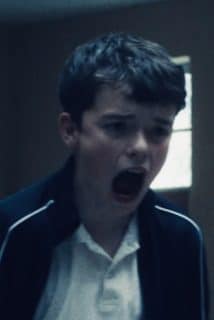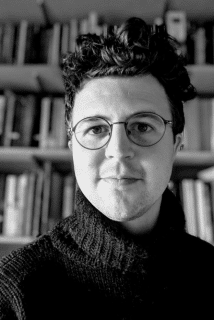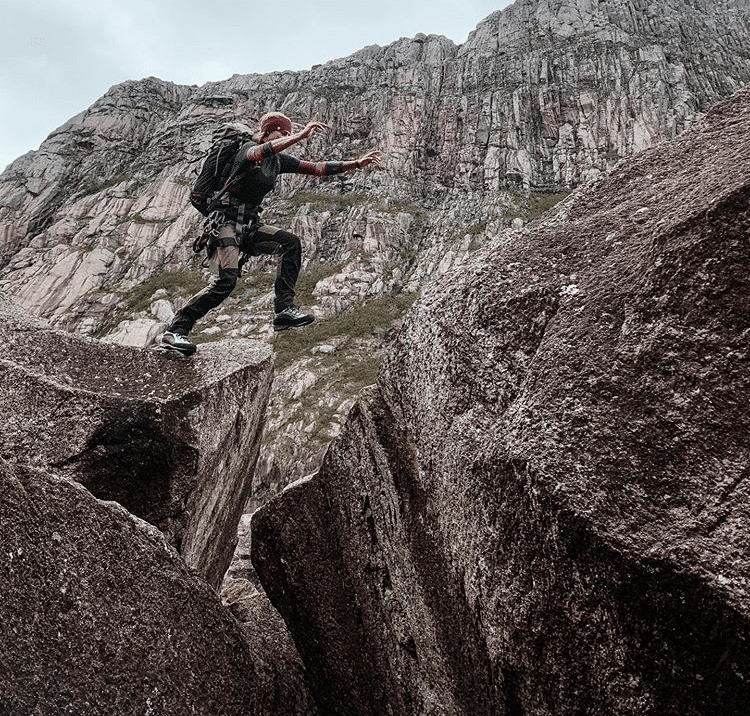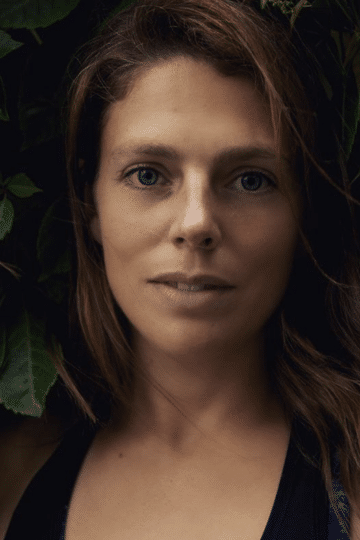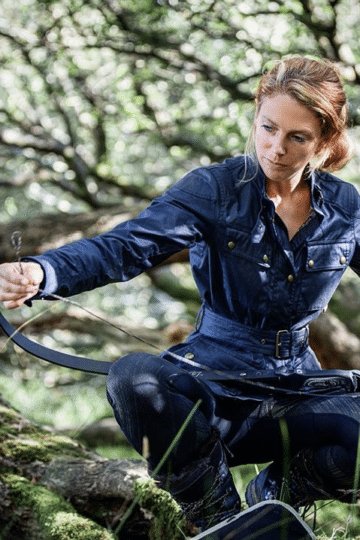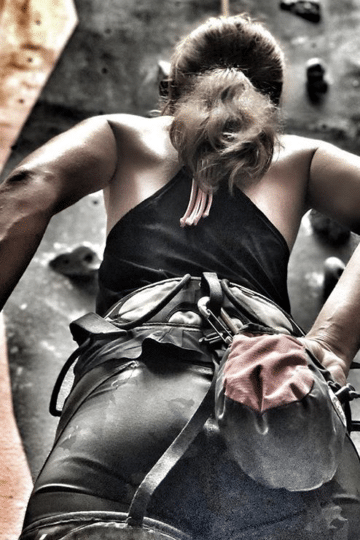Megan Hine on Visualisation & Imagination
Megan Hine
Her column recounts a stirring conversation which reminded her of the power of imagination and its essential role for humanity. A dazzling read.
‘Imagination is everything. It is the preview of life’s attractions.’ Albert Einstein
The setting plays to my imagination, we could be in a medieval banqueting hall. Giant tree trunks, 50 meters tall make up the supports for the walls interspersed with swathes of glass windows. Log rafters span the ceiling of the hall, their huge weight held in place by iron girdles. Flags flutter gently, ensconced on the wall. Large iron chandeliers drip with candles bathing the hall in a glowing light. The murmur of a hundred people, their voices muted by the towering room, creates a backing track. Sat in a corner next to a huge fireplace I look through the window into the darkness, the flickering light from the hall casts an ethereal glow on the snow outside. The talk and the wine flow and I find myself transported into the vivid complexities of the worlds my companion creates. Colourful characters come alive and dance before my eyes.
I am sat with a writer of ideas for screenplays. As he talks an intensity resides in his eyes. Eyes capable of viewing multiple worlds at once scrutinise me, I feel slightly self conscious wondering what he sees, what vulnerabilities or strengths – is he breaking down my character? “Desire becomes a dream, dream becomes a reality,” his voice is a rich mix of American accent with an underlying exotic note. “Through the journey of thought, creativity breathes. I pay attention to the vibrations and constantly interact with the world around me and the worlds I create. Every step of life can be converted into a story.” And what a life this man has lived. Growing up in a war torn country, his father handed him an AK47 at six years old and told him to, “Shoot anyone who walks through the door.” Much of his childhood was spent in a basement with the constant companionship of a rat. Listening to him talk about the worlds and characters he creates – vampires, aliens, human beings – he is so alive, so focused, polished, his words articulate and descriptive. I find myself carried on an emotional journey through the stories of these characters. I experience the pain of unrequited love, the excitement of chance meetings, the power a brush of a hand can have. With words, he captures the strengths, the weaknesses, the essence of the human spirit. The level of emotional awareness and understanding of basic human needs this man displays is astounding.
“How do you develop the characters?” I ask
“The journey of character development is more about meeting the character rather than developing them. I have no idea how a story will evolve initially. I imagine the base of a character, often inspired by someone I’ve met. Development is then determined by their interaction with the environment around them so I build them a world to inhabit. For example I am working on a story where ancient Egypt plays a central role – I carry out in-depth research into the architecture, colours, spices, heat, humidity, anything that gives me access to the fundamental human senses. This detail will allow the characters to interact wholly with the environment around them.”

“To develop the world I often go for a long walk in nature. There is something about nature which gives me the inspiration to build. The trees give me a structure to build cities upon, the paths the inner corridors of a space ship. The world I am working on comes to life around me giving my characters a setting to interact with. I then watch them and ask questions, why did they do that? What do they smell? I feel their passion, their motivations. It’s like adding the tendons, the musculature, the meat onto a skeleton. They slowly start to come alive and develop their own personalities and characteristics. Sometimes they are a friend, sometimes an enemy. I know they are truly an autonomous individual when I become surprised by their actions. I keep a notebook by my bed to record dreams of them. They don’t always make sense so I often have to ask the characters to elaborate.”
“Is there anything which knocks you out of the creative process?”
“When you give into creativity it is important to stay away from other people’s judgment otherwise they can influence the development of the character.”
I found this an interesting point and so relatable to our own development. Just like the characters he develops, in our own lives we go through spurts of growth and change where we can be quite vulnerable and susceptible to the suggestions and limitations of others.
“Is there a difference between developing male and female characters?”
For the first time in our conversation he pauses as if considering whether to answer me. His brows furrow slightly and those eyes take on a faraway, almost sad look. “I have a stronger bond with a female character, the failures she endures affect me more, I want her to succeed. Emotionally it can be harder to deal with. When a female character hurts I feel her pain more than a male character.”
The grandson of a general, his grandfather’s life is well documented yet at a young age when seeing pictures of his grandfather and hearing the stories, he found himself wondering more about his grandmother’s life. “Every picture that he was in, every time I imagine him carrying out something mundane like brushing his teeth – what was she going through, what was she thinking about?”
This is a fascinating thought. Throughout history the lives of men going off to war have been documented but so little is recorded of women’s day-to-day lives. The resilience and strength they must have also shown day in, day out, not knowing if they would see their husbands and sons again, and what they had to do for survival when rations were short and a cold winter approached.
My musings were cut short. “Come here, let me show you.” He takes my hand pulling me along behind him through the hall, his steps alive and purposeful. He leaps up onto the stage. A large ballroom stretches before the stage, currently set up for a conference. Elegantly gesturing from his lofty spot, his passion and confidence hit me like a wave. Dark hair swept back, the high cheek bones of his face highlighted in the muted light. In that moment, he could be a character out of one of his stories, an elegant noble man, an ageless vampire. “Pick a chair, any chair. Who is sitting there? Is it a man or a woman?” The questioning continues. The character in my mind comes to life: an older man, sitting there wringing his hands stooped by the weight of the world. He sits there waiting to be questioned by an invisible crowd. He is familiar, I am sure we have met before, somehow I know him.
Visualisation has long been recognised as a technique to turn our desires into reality. Many successful people, athletes to A list celebrities, use visualisation as a way to ensure success. Oprah Winfrey, Arnold Schwarzenegger. It is a technique I also employ when guiding to keep my mind active and ready to deal with any eventuality. We may not all be creating complex worlds and characters with their own unique emotional journeys but we do have the power to influence and develop our own character and lives through the power of thought and visualisation.

Read Megan First
Sign up to The Book of Man's daily newsletters to receive Meg's column before anyone else, plus the best of the site...
Trending

Join The Book of Man
Sign up to our daily newsletters to join the frontline of the revolution in masculinity.







